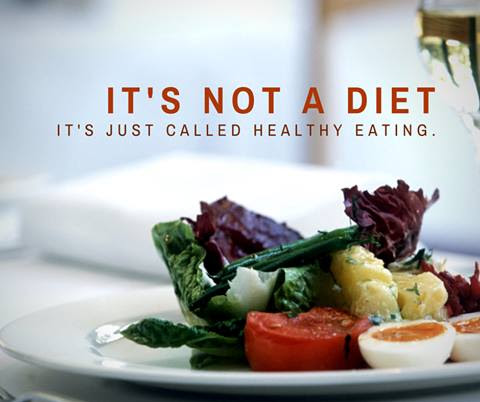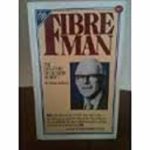8 Simple Ways to Incorporate Fiber into our Daily Diet
Category: Healthy Nutrition

Do you often suffer from irregularity, constipation, and sluggishness? These symptoms may suggest that you are not taking in the recommended 20-35 grams of fiber per day. Statistically, according to the guidelines from the US Food and Drug Administration, most of us do not even eat half that much.
Dr. Burkitt, known as the “Fiber Man,” in observing that diseases widespread in Western countries were absent in the Third World, launched a worldwide crusade to change the diet in developed countries by recommending that Westerners mimic the food habits of his rural African patients. He wrote an internationally best-selling book, Don’t Forget Fibre in Your Diet to Help Avoid Many of Our Commonest Diseases (1979).
An enormous body of scientific research has validated Dr. Burkitt’s ideas, and the list of dietary diseases has expanded to include strokes, hypertension, osteoporosis, breast and prostate cancers, and autoimmune diseases, such as rheumatoid arthritis, lupus, and multiple sclerosis. One of his famous quotes: “Western diets are so low on bulk and so dense in calories, that our intestines just don’t pass enough volume to remain healthy.”
Interested in losing a few pounds? A study found that people who doubled their fiber intake to the recommended amount knocked off between 90 and 130 calories from their daily intake—that’s equal to a 9- to 13-pound weight loss over the course of a year.
So how do we include more fiber in our diets? Here are some great suggestions:
- Select a variety of beans, whole grains, fruits and vegetables. Ray and I like the sprouted grains bread, Ezekiel 4:9® When these six grains and legumes are sprouted and combined, an amazing thing happens. A complete protein is created that closely parallels the protein found in milk and eggs. In fact, the protein quality is so high, that it is 84.3% as efficient as the highest recognized source of protein, containing all 9 essential amino acids. There are 18 amino acids present in this unique bread – from all vegetable sources – naturally balanced in nature and NO sugar.
- Try swapping out that chicken soup for one that has more fiber. Eating Well has a great recipe for Sweet Potato and Black Bean Soup here.
- Consider eating a high fiber soup or salad before your main meal to increase your fiber consumption.
- Choose fruits with a high fiber content such as apples, pears and/or berries.
- Consider taking a fiber supplement. A study was done to ascertain the long-term benefits of fiber and cholesterol. A mixture containing water-soluble dietary fiber (psyllium, pectin, guar gum, and locust bean gum) was successful at reducing both LDL and total cholesterol levels during six months of supplementation. My husband took this supplement and was able to lower his cholesterol naturally, without drugs!
- Eat Chia Seeds, nutritional powerhouses of omega-3 fatty acids, protein, vitamins, and minerals, as well as 11 grams of fiber per ounce. Ray and I love our morning shake which includes a proprietary blend of chia and pumpkin protein, zero added sugar and 6 grams of fiber. This morning I had a Strawberry shake with frozen banana and it was delicious. This shake is also Clinically Powered by Leucine® to help build lean muscle, burn fat, improve metabolism, and reduce cravings.
- Did you know that one-half of an avocado will give you 5 grams of fiber? The creamy, green flesh is not only rich in healthy, monounsaturated fatty acids — it’s also packed with fiber.
- Eat both soluble fiber and insoluble fiber. According to the Mayo Clinic, “Soluble fiber dissolves with water and creates a gel-like substance that helps to lower blood cholesterol and glucose levels.” Insoluble fiber, on the other hand, “absorbs water which adds bulk to your digestive tract and helps to move things through quickly.” Examples of soluble fiber include oats, oat bran, peas, rice bran, legumes/beans, apples, and citrus fruits. Examples of insoluble fiber include whole wheat flour, wheat bran, rye, cabbage, carrots, brussel sprouts and nuts.
Incorporating fiber into our lives each day can be as simple as including broccoli (5 gr of fiber per cup), lentils, split peas (soup anyone?), or black beans (15-16 gr per cup) and choosing as your snack an apple, pear or berries. I love that I have already consumed 6 grams of fiber when I drink my morning shake. To your health!



Facebook Comments